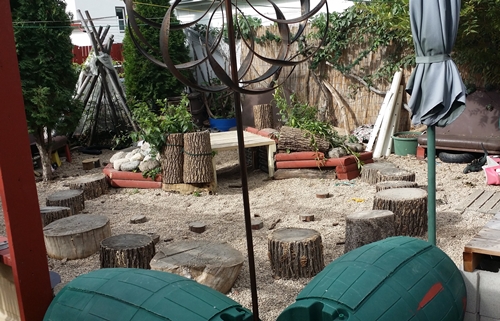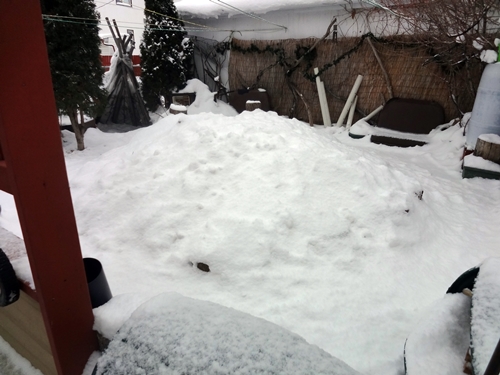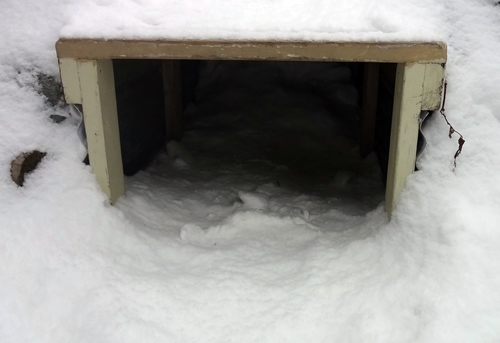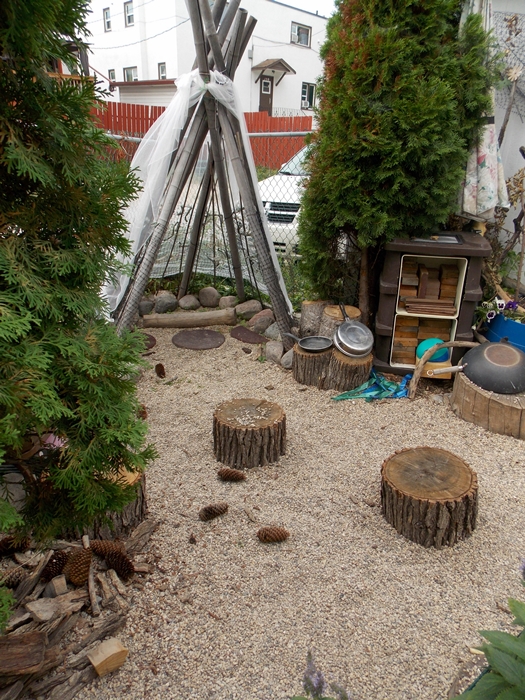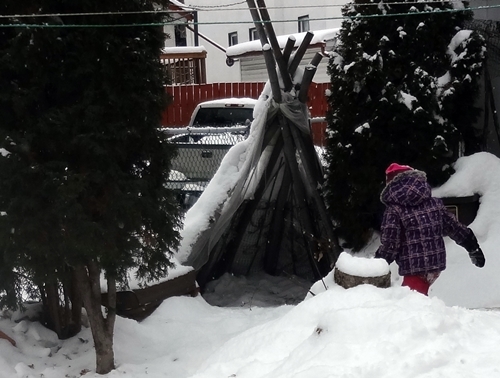In my last post I wrote about the daily rates charged by various home
based childcare providers but that barely begins to cover how widely
net incomes can vary. I know some home based providers try to break down
their income to an hourly wage and lament they earn less than minimum
wage. I've also heard it said that unlike centre based ECE's whose wages
and hours are set by their employer, home based providers have more
control over their income, expenses and hours. For this scenario let's
ignore the differences in number of spaces, the ages of the children in
care, daily rates etc. Let's just consider how expenses and work hours
can affect a home based childcare provider's income. What can be
controlled and what can't be.
The Childcare Space - the
building in which it is located. A portion of the cost of the childcare
home's utilities, taxes and mortgage interest is considered a business
expense but the amount is dependent on how much of the home is used for
childcare and for how many hours per day. Do they have a large dedicated
childcare space or shared childcare/personal space? What type of
neighbourhood is the home located in (property tax rate)? Has the home
been purchased recently or is it nearly paid off (mortgage interest
costs)? Is the home large or small, old or new, energy efficient or old
technology (utility costs)? All those factors will affect the total cost
of operating the childcare home.
Does the childcare home have
limited hours, offer flexible hours to accommodate parents working
various shifts or maybe they are even 'open' 24 hours/day, 7 days/week.
Offering extended hours does not generally increase income - in fact,
the net income could actually be lower. Drop off times for evening
childcare are usually earlier than pick-up times for daytime care so
enrolling one evening child and one daytime child will still require two
spaces due to the period of time they overlap. The provider does not
have all the children present at the same time which results in a longer
workday and higher expenses too.
In short - more space & longer hours = more deductions and lower net income.
The Learning Environment
- my personal favourite topic - the toys, equipment and furnishings in
the childcare space. Is it set up as a traditional home - living room,
kitchen, bedrooms etc - are there simply a few toys stored in a corner,
spare room or a closet? Is the home larger than the family that lives
there needs - an extra room or unused basement has become childcare
space. Has the provider given up much of their personal space to create
multiple classrooms?
Did the provider make no real changes to
their own space and simply accommodates the children like part of their
extended family? Did they convert a large space into an elaborate
facility - purchasing expensive, high end equipment and furnishings
designed specifically for commercial childcare facilities? Did they opt
for more economical furnishings and take the chance they will need to
replace things often? Do they design and make their own toys and
furnishings using recycled materials - very little expense but a lot of
'unpaid' work hours.
How long has the childcare program been
operating at this location? How long do they intend to stay in business?
Does/did the provider have their own children who have outgrown items
which are now used for the childcare program? Is this a primary or
secondary income for this household? All of these factors will impact
the amount the provider has already invested or is willing/able to
invest in the space now or in the future.
The Programming
- what types of activities do they offer? Structured or spontaneous?
Formal instruction or free play? Do they have all the latest technology
available for the children to use with purchased curriculum software? Do
they have regularly scheduled field trips, hire instructors or attend
group classes for music, recreation, or art? Do they use printed
worksheets, packaged product crafts, or watch movies/TV? Some of the
most expensive activities will require the least amount of provider
time/effort.
Training/networking - does the provider
regularly attend workshops, conferences and meetings with other
educators? These types of learning opportunities allow the provider to
increase her own skills and be less likely to need to outsource
programming. However, they can also be expensive. For the home provider
there is not only the cost of course registration but also wages for
substitutes, lost income for closures, or additional unpaid time after
regular work hours.
Supplies - what does the provider
require the parents to send with their child? Certainly parents are
responsible for sending personal items like clothing, diapers and
possibly bedding for their child but some providers may also have an
additional supply list. These periodic supply lists can include items
such as tissues, sun screen, glue, paper etc much like annual school
supply lists. Some even ask parents to supply grocery staples like boxes
of cereal, crackers, pasta etc or to pay additional fees for some
provider supplied items or services.
Meals - does the
provider supply all or some meals or is the parent responsible for
sending food with their child every day? Many providers supply snacks
but some also provide breakfast/lunch/supper depending on their
operating hours. If they provide meals do they buy/prepare food in bulk
to save money? Do they purchase individual serving sizes and many
processed items to save time? Do they seek out the best quality, organic
products that can be found locally? Do they offer alternatives for
children/families with dietary restrictions?
What other tasks may a
provider be willing to pay someone else to do? Bookkeeping/accounting?
Cleaning? Again, this is a matter of making a choice between higher
expenses/lower net income or longer work hours/higher net income. A
provider may not feel it is necessary to pay high premiums for
disability insurance and benefit packages if they have a spouse with
coverage. If childcare is the main or only income for the provider's
family then this insurance may be essential - or the premiums may be
beyond the possibility of their limited budget.
So yes, home based
childcare providers do have some control over how much or how little
they spend on operating expenses for their childcare facility and how
much they leave for salary. I think what is more important to note is
WHY
the providers are making the choices. Maybe the provider enjoys cooking
for the children in her care or maybe she knows the food she gives them
is the only healthy food they will get that day. Maybe childcare is the
only income for this provider's family and the budget is too tight to
afford any 'extras' for the program. Maybe the provider enjoys working
with children but the second income isn't a necessity for her family -
she spends more on her program specifically to lower her taxable income.
A
long time ago I was told that childcare centres spend about 80% of
their income on wages for their staff - I assume that number is still
fairly accurate today. Maybe home based providers should try something
similar. Stop trying to take what little money is left after expenses,
dividing it by the hours they work and complaining that it is not a
livable wage. Instead, try counting 80% of your total gross income as
your salary and pay the appropriate taxes on that income. Then take the
remaining 20% and use it for your program expenses. Then you can start
complaining about how little you money you have to operate a quality
childcare program.
